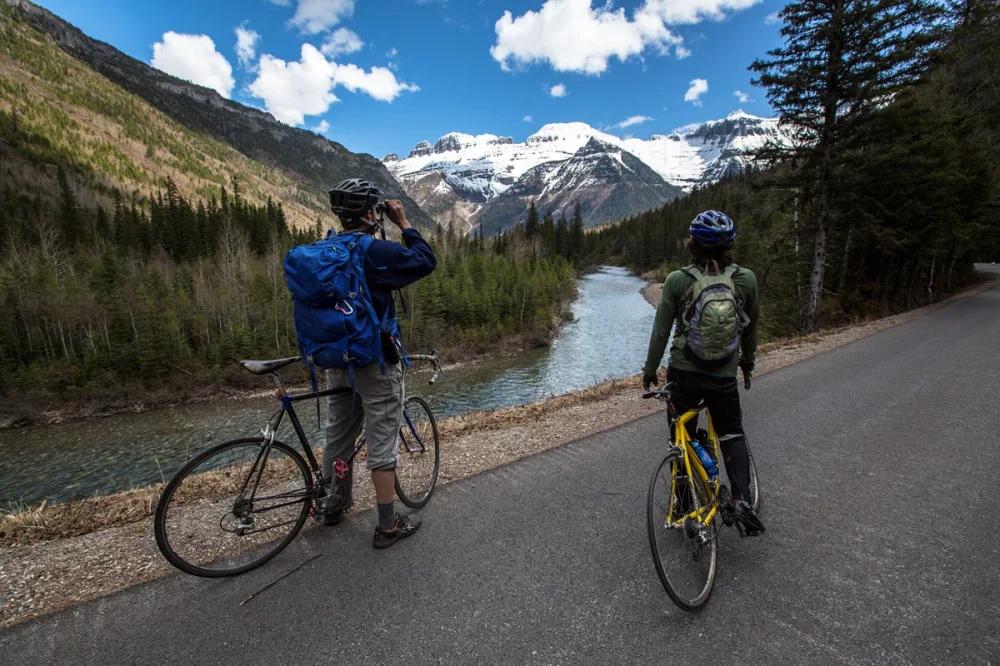
- moab-utahs-canyonlands-national-park-rugged-beauty-and-technical-routes
- californias-yosemite-national-park-scenic-backcountry-challenges
- north-carolinas-great-smoky-mountains-mountain-biking-through-history
- arkansas-hot-springs-national-park-hidden-singletracks-and-natural-escapes
- colorados-rocky-mountain-national-park-high-altitude-adventure
- tips-for-biking-in-national-parks-know-before-you-go
1. Moab, Utah's Canyonlands National Park: Rugged Beauty and Technical Routes
Canyonlands National Park isn’t just an epic snapshot of red rock grandeur—it's also a mountain biker’s dream. While technically most of the park’s trails are off-limits to bikes, adjacent areas like the White Rim Road offer a legal, unforgettable, and challenging multi-day loop perfect for seasoned riders. It’s a place where tire tracks run alongside ancient canyons and sandstone cliffs.
If you're looking for serious mountain biking near protected national treasures, this is it. Riders often recommend prepping both physically and logistically for this ride—it’s isolated, but that’s part of the thrill. For gear planning or training suggestions, you can always check out options at Cycling Guider.
2. California’s Yosemite National Park: Scenic Backcountry Challenges
Though not often seen as a go-to for mountain biking, Yosemite’s high-country trails and adjacent forest roads offer technical gravel and mountain biking experiences that few know about. The park’s bike-legal areas like the Wawona region and areas near the Mariposa Grove provide routes with thick forest cover and fewer crowds.
The real adventure lies in venturing into the Sierra National Forest just outside park boundaries, where dirt trails and climbs challenge even experienced bikers. Riders who’ve tackled the Mono Hot Springs loop call it “soul-cleansing and leg-breaking” in the same breath.
3. North Carolina’s Great Smoky Mountains: Mountain Biking Through History
The Great Smoky Mountains National Park is steeped in Appalachian history and misty grandeur, and its cycling access—while limited inside park boundaries—is offset by the incredible nearby Fire Mountain Trails system in Cherokee.
This network has rapidly earned praise for its well-built singletracks and flowing descents. From switchbacks to creek crossings, it’s a regional favorite. Many riders combine a cultural visit to Cherokee history sites with some time tearing up the trails—offering a great balance between exploration and exertion.
4. Arkansas’ Hot Springs National Park: Hidden Singletracks and Natural Escapes
Arkansas may not be the first state that comes to mind when you think of world-class mountain biking, but Hot Springs National Park is changing that perception. This underrated gem offers access to nearby trail systems like the Northwoods Trails and Cedar Glades, which are packed with flowy, tree-lined paths and handcrafted berms.
It’s ideal for riders who want a nature-rich escape with the option to recover afterward in actual hot springs. Locals love the park for its mix of casual and technical rides, not to mention its welcoming trail community. Newcomers should consider using local apps or checking recommendations from Cycling Guider before setting out.
5. Colorado’s Rocky Mountain National Park: High-Altitude Adventure
Though strict regulations limit mountain biking on trails inside Rocky Mountain National Park, nearby areas like Estes Park and the Roosevelt National Forest offer ample options for thrill-seekers who enjoy elevation.
If you’re chasing altitude gains, the Hermit Park Open Space and trails around Lily Mountain deliver both scenery and sweat. Riders often say it’s the sense of scale—towering peaks, deep forests, sharp alpine air—that makes it worth every pedal stroke.
6. Tips for Biking in National Parks: Know Before You Go
Not every U.S. national park allows mountain biking on dirt trails, so it’s crucial to do your research. Rules vary by park, and in many cases, the best biking is found just outside the boundaries in federally managed lands. Always check official maps, trail designations, and current conditions.
Travelers should pack accordingly—hydration packs, bike tools, GPS-enabled devices, and even first-aid kits are non-negotiables in remote areas. For updated lists of rider-approved parks and gear tips for your next adventure, Cycling Guider offers reliable and field-tested reviews.

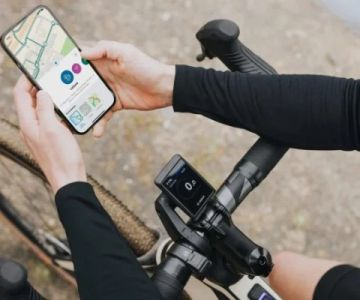
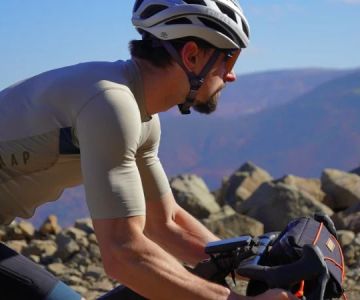
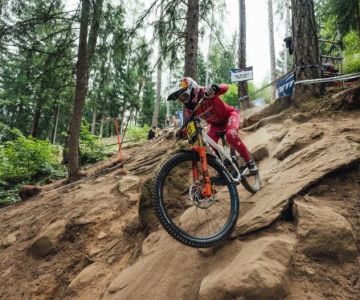


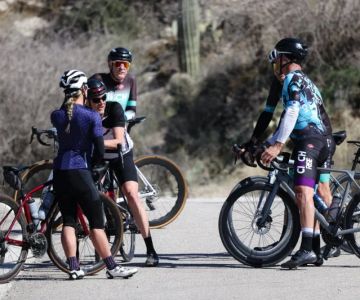
 Billet BMX5.0 (2 reviews)
Billet BMX5.0 (2 reviews) Far East Children Bicycle Factory1.0 (1 reviews)
Far East Children Bicycle Factory1.0 (1 reviews) Archer Motorsports, Inc.4.0 (8 reviews)
Archer Motorsports, Inc.4.0 (8 reviews) YEP Bike Works4.0 (55 reviews)
YEP Bike Works4.0 (55 reviews) Gorham Bike & Ski4.0 (498 reviews)
Gorham Bike & Ski4.0 (498 reviews)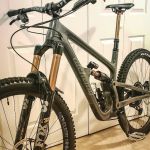 Alchemy Bikes4.0 (37 reviews)
Alchemy Bikes4.0 (37 reviews) How to Teach Kids to Ride a Bike: A Step-by-Step Guide for Parents
How to Teach Kids to Ride a Bike: A Step-by-Step Guide for Parents Tips for Riding on Busy City Streets: Smart Strategies for Urban Cyclists
Tips for Riding on Busy City Streets: Smart Strategies for Urban Cyclists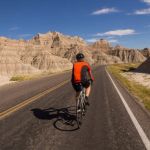 Best US National Parks for Mountain Biking: Ride Epic Trails Across America
Best US National Parks for Mountain Biking: Ride Epic Trails Across America Best Aero Helmets for Time Trials and Racing
Best Aero Helmets for Time Trials and Racing How to Clean and Lubricate Your Bike Chain Like a Pro
How to Clean and Lubricate Your Bike Chain Like a Pro 10 Must-Have Items for Long-Distance Cycling Trips
10 Must-Have Items for Long-Distance Cycling Trips